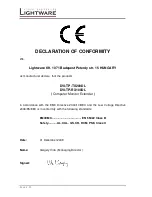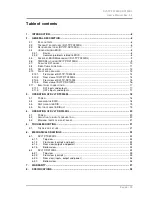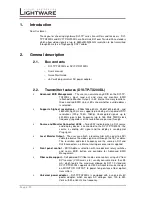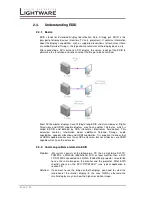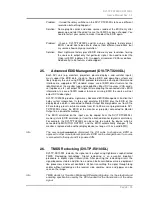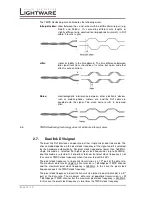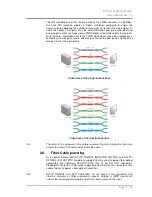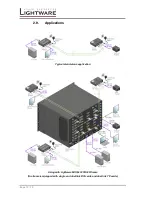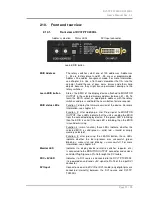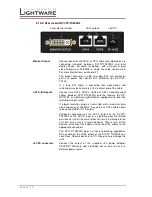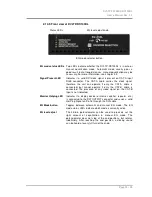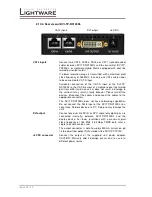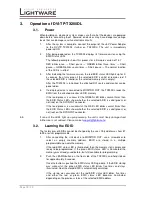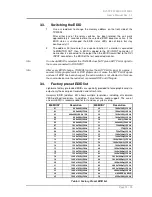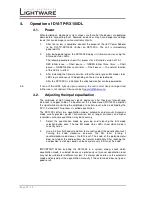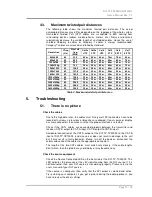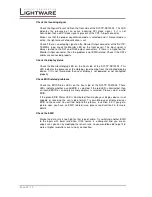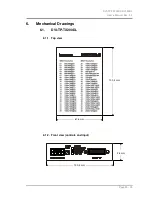
Page 8 / 29
2.4.
Understanding EDID
2.4.1. Basics
EDID stands for Extended Display Identification Data. Simply put, EDID is the
passport of display devices (monitors, TV sets, projectors). It contains information
about the display’s capabilities, such as supported resolutions, refresh rates (these
are called Detailed Timings), the type and manufacturer of the display device, etc.
After connecting a DVI source to a DVI display, the source reads out the EDID to
determine the resolution and refresh rate of the image to be transmitted.
Most DVI computer displays have 128-byte long EDID structure. However, Digital
Televisions and HDMI capable displays may have another 128 bytes, which is
called E-EDID and defined by CEA (Consumer Electronics Association). This
extension contains information about additional Detailed Timings, audio
capabilities, speaker allocation and HDMI capabilities. It is important to know, that
all HDMI capable devices must have CEA extension, but not all devices are HDMI
capable which have the extension.
2.4.2. Common problems related to EDID
Problem: „My system consists of the following: a PC, then a Lightware DVI-TP-
TX200DL, a WQXGA (2560x1600) LCD as local monitor, then a DVI-
TP-RX100DL connected to a QXGA (2048x1536) projector. I would like
to see the same image on the monitor and the projector. What EDID
should I chose on the DVI-TP-TX200DL?” (see typical application in
section 2.9)
Solution: If you want to see the image on both displays, you need to select the
resolution of the smaller display (in this case QXGA), otherwise the
smaller display may not show the higher resolution image.




